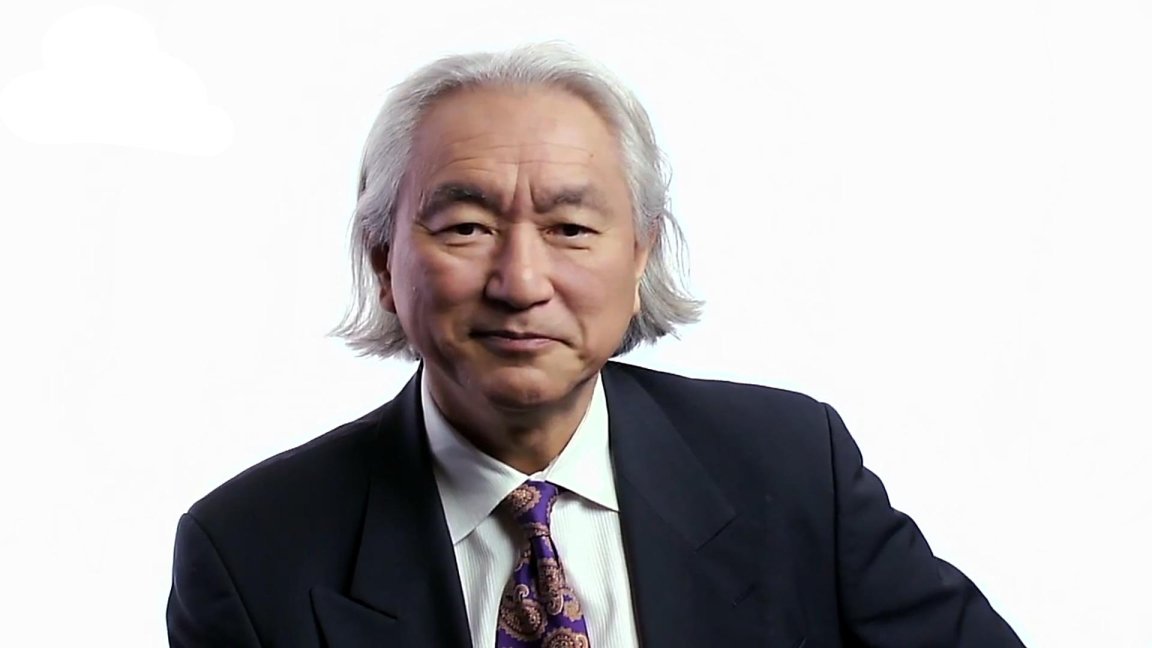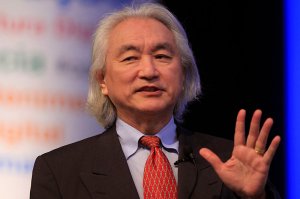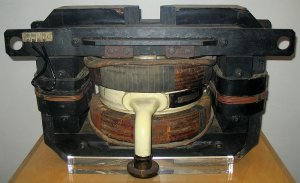

Michio Kaku is one of recent history’s greatest minds. From Harvard to Super Strings, Kaku has an amazing story of how he came to change the world of physics and revolutionize scientific education. It seems that Kaku’s story has been a string of very well timed events (pun intended), but no matter how lucky one might be, becoming such an influential figure in the science world takes hard work and perseverance.
Michio Kaku was born January 24th, 1947, in San Jose California to Japanese parents. Even as a child, Michio was passionate about science, and although he grew up poor, his family supported his interests by taking him to university libraries and allowing him to do experiments in the house.
By the time Kaku was in high school, he had developed a strong passion for physics. For a high school science fair, Michio built a 2.3 eV “atom smasher” in his garage. Using scrap metal and 22 miles of wire, he created a magnetic field 20,000 times stronger than Earth’s, as well collisions powerful enough to produce antimatter (fortunately, he didn’t kill himself in the process).

Kaku’s brilliance did not go without notice, Edward Teller, a nuclear physicist, saw potential in him after seeing his project in the national science fair. This attention from Teller, and the rest of the science community, got Kaku a full ride to Harvard University.
In 1968, Michio graduated first in his class at Harvard (and also summa cum laude) with a degree in Physics. Kaku went on to do his doctoral work at Berkeley in California, from which he received his Ph.D in 1972. He got a lectureship that same year at Princeton University.
Of course, his life hasn’t been all science. Michio completed basic training for the army around the time of the Vietnam War, but the conflict ended before he could be shipped out. Lucky for us, he picked science over military endeavors.
Michio Kaku has had a profound influence on modern physics; he co-founded String Field Theory, which aims to complete the work started by Einstein and attempts to unite the forces of nature (specifically, it tries to unite gravity with the three other forces of nature).
Kaku has also written several Ph.D level textbooks and has over 70 articles published in physics journals, covering many topics, from supersymmetry to hadronic physics. Michio is so well-versed in physics, he’s written many books that aim to explain physics to the public (a list of his works can be found here). In addition, he holds the Henry Semat Chair and professorship at the City College of New York.
Outside of higher education, Kaku has had a profound impact on science in the media.
His mission (which is similar to that of From Quarks to Quasars) is to spread scientific knowledge in a way that is accessible to all. Michio has appeared in many (and I mean MANY) TV series’, documentaries, and he even does two radio programs each week. One of Kaku’s radio programs, “Science Fantastic,” broadcasts on over 90 commercial radio stations, and is the only nationally syndicated science radio program in the U.S., featuring Nobel Prize laureates as well as other guests commenting on various topics from time travel to black holes, and life in the universe in general.

Michio Kaku is definitely among the greatest minds in our lifetime; his work in String Field Theory may get us closer to understanding how the universe began, and how it will end.
However, more importantly, Kaku takes the initiative to teach the public about science.
Much like some of the most famous scientists, like Carl Sagan, Kaku explains very confusing science in an easy and non-threatening way in hopes that — maybe, just maybe — we will all have a better appreciation for the universe around us. Next time you see one of Michio’s “science of the future” programs (which he’s known for), remember that he’s made huge progress in physics and that he’s a very accomplished academic — not just a Pop Sci icon.